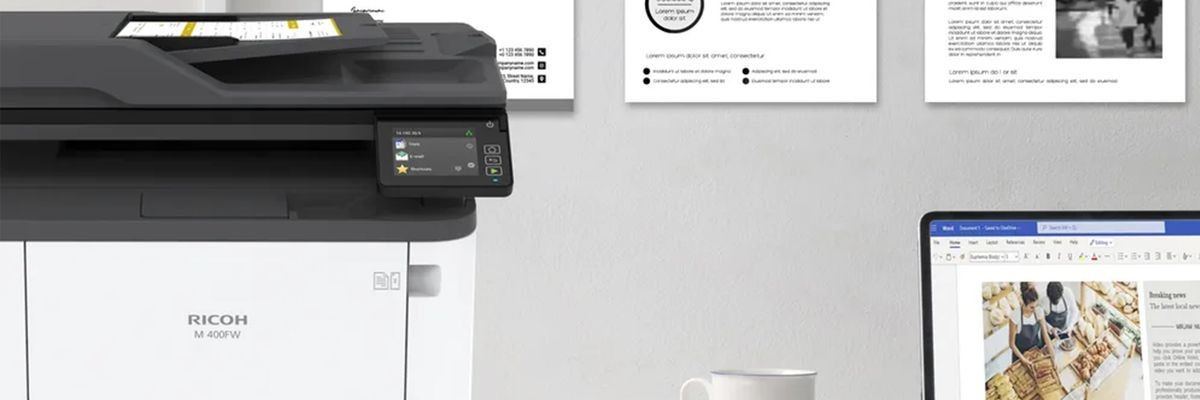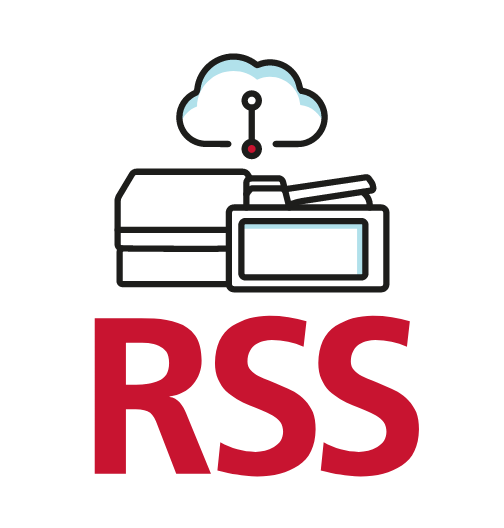
4 myths and truths about Smart Working
Ricoh Mexicana highlights 4 Myths that can stagnate a company and 4 Truths that can make businesses grow.
By Jesús García, General Director Ricoh Mexicana
Growing a business would be relatively more difficult, frustrating, and idle without mobile technology, which we rely on every day to make our work easier. However, these devices are much less important if we don't have the power to manage, move and, of course, access all the information that is useful to us.
Companies must ensure that information flows by using the right technology and that the right people are working hand in hand with this technology, giving them the power to manage the information that goes from point A to B. Soon, businesses will need proprietary technology, people, and information interconnected and all working simultaneously. The ultimate goal is to have the right information, for the right people, where and when they need it.
Information sharing can have a dramatic impact on tangible business results, including increased productivity, reduced costs, and increased revenue.
If you're feeling insecure, overwhelmed, or perhaps, outdated in how your business operates - especially when compared to others - it's time to change things up. But before you start transforming a business through substantial technological changes, it is critical to first remove any false perceptions of what it means to operate a business today.
Faced with this scenario, Ricoh Mexicana highlights 4 Myths that are likely to stagnate a company and 4 Truths that can make businesses grow:
Myth #1: Work is done in the office.
"Going to work" has always meant physically being in an office, becoming one of many in a sea of desks - 9 a.m.- 5 p.m. Monday through Friday. Thanks to technology, information is shared from one end of the world to the other instantaneously, and meetings can be held in the palm of your hand - whether in a coffee shop, on your couch, or a plane. As a result of employees always being "on call," deadlines no longer adhere to the traditional workday or office environment.
Modern workers expect to be allowed an increased level of flexibility and freedom to work remotely. This can be mutually beneficial to both employer and employees in terms of increased worker satisfaction, better retention, and productivity if the right systems are in place.
Truth #1: The world is now our workplace.
There is no need to reinvent the wheel or stress out when you need to make business more agile, flexible, and collaborative for workers. The tools exist and so does the information to implement them.
The ability to print from a mobile device is no longer a luxury and is now a business requirement. With user-friendly printing solutions, users will now be able to print from their smart devices in their offices quickly and efficiently. Equipping employees with technologies that allow them to connect, and video conference remotely will facilitate the distribution and efficiency of daily work.
Myth #2: Workers should use any tool for work.
Company managers are aware that there are online work tools that are often used by their employees to send or store files urgently. Everyone without exception within companies has resorted to these online tools.
Workers sometimes use solutions not approved by IT departments when they are at a critical point in their work and need a quick solution. However, the use of a few ad hoc applications for specific needs may seem harmless, they tend to create fragmented and isolated information that, compounded over time, disorganizes processes, and work dynamics can change as a result. This makes it difficult for others to find the files they need and poses a greater risk of unauthorized access to private information.
Truth #2: Consistency is critical.
The proliferation of technology consumption within workspaces is not new and does not have to be unexpected, however, it is still a big problem for organizations of all sizes, but there are ways to control it.
Device management is an arduous task that IT departments in all organizations must tackle to prevent sensitive information from getting into the wrong places.














